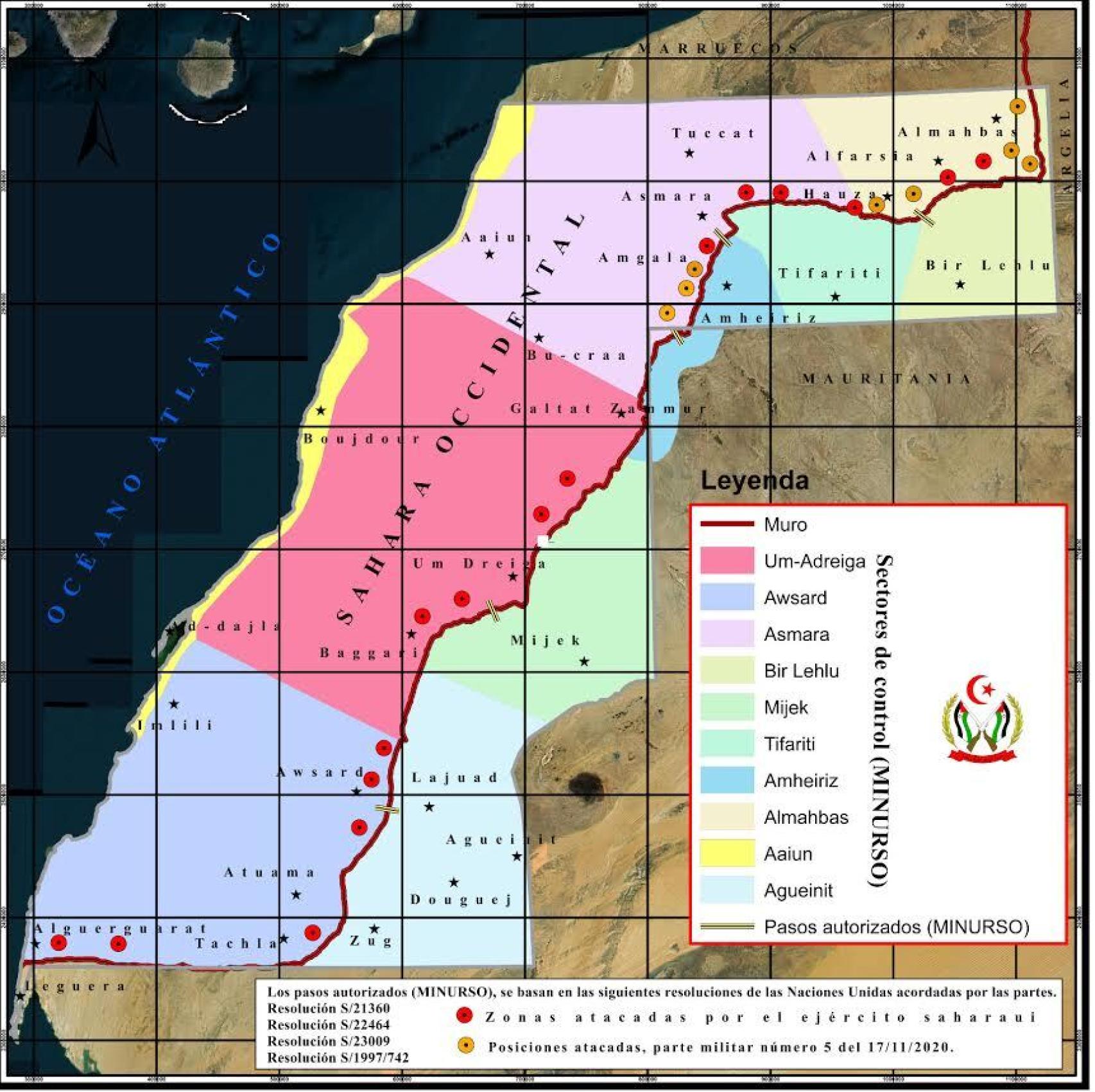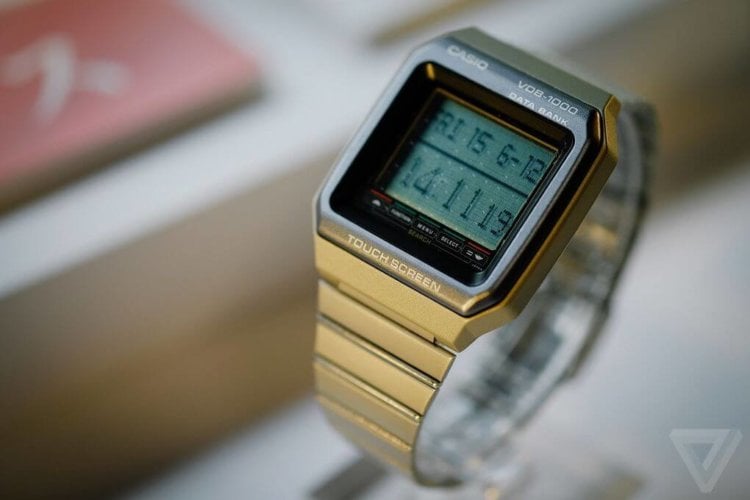




Ubiquitous computing (ubicomp) will allow every object to receive and transmit information, sense its surroundings and act accordingly, be located from anywhere in the world, connect every person. In the early 1990s a company called Damark sold a range of rebadged Casios under the name AEGIS - and the VDB-100 was one of them, renamed the Tele-Pad.The next computing revolution‘s objective is to embed every street, building, room and object with computational power. Of the three, though, the original seems to have the most lasting appeal, and is harder to find than the others. Such was it’s success, it was followed by a VDB-200/2000 and VDB-300/3000. The main problem for these watches is the screen losing sensitivity over time and, in the case of the VDB-1000, a lot of scratching to the case as the matte silver wears easily. There are no buttons, everything is accessed by touch, and the screen seems to be conveniently broken up into 20 pressable segments to cover all the available functions. I found a second hidden feature where you could scroll through the dot matrix by columns and rows for a further check of working/broken dots which isn’t documented but is handy. Hit the menu button again and you find an 8-digit calculator, options screen for enabling Japanese characters and adjusting the contrast and some hidden features where you can see all segments of the dot-matrix at full contrast to see that they are all working. Then the added features come in - there’s a telephone book for important numbers, a passcode protected area for hiding your secrets, a memo section for recording to-do lists, a scheduler for those important appointments, month-by-month calendar of course, a world time feature that includes a scrolling world map, and that’s just menu one. Add a stopwatch and you’ve pretty much covered all the features of most watches in 1991. There’s five separate alarms, and an hourly time signal. So it tells the time – in 12/24 mode, and has a calendar that extends well into the 2000’s. Not content with just making a touch screen, Casio engineers decided to test the capacity of the module as well, by adding a ton of features to make it more of a Personal Digital Assistant (PDA) than a watch. There’s a certain amount of reverence for this watch among collectors – there’s even a shrine to it here. The VDB-100, and silver case and bracelet VDB-1000, use the module and date from 1991. This is a watch that never fails to get attention – Casio’s first buttonless touchscreen watch, the VDB-100.


 0 kommentar(er)
0 kommentar(er)
